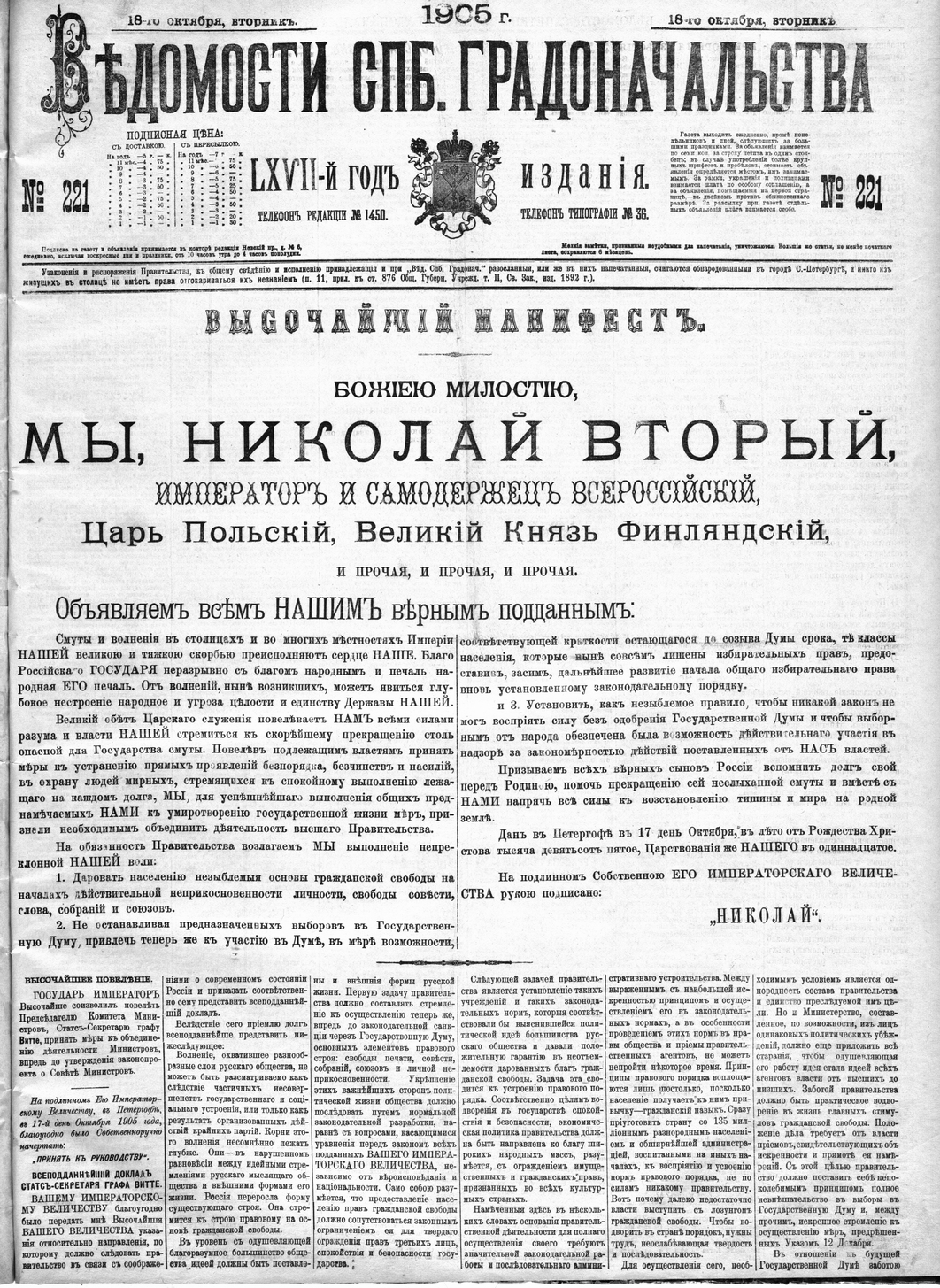Growing resentment of the government resulted in banquets where liberal revolutionaries would openly discuss their discontent with the government. Although these meetings were illegal they were permitted by the government with the understanding that the meetings were "private." On January 9, 1905, a group of fifty to one hundred thousand protesters gathered for a peaceful march at the Winter Palace. For reasons unknown government officers, after being disobeyed by protesters to disperse, fired indiscriminately into the crowd and killed 130 people while wounding approximately 300. Known as "Bloody Sunday," this event would accelerate the revolution and expand the demographics of people disgruntled with the government. For the first few months of the new and inspired revolution fueled by 'Bloody Sunday', many of the worker movements were not politicized. By the summer of that same year many of the movements became politicized. In October of that year the October Manifesto would be passed by the tsar in which the tsar conceded power by empowering an elected legislative body called the
duma. A period known as 'The Days of Liberty' directly followed the October Manifesto. Political parties could be formed, the press was free to print whatever it pleased, and workers could form trade unions. This period of bliss would be quickly extinguished with another wave violent pogroms against the Jews.







No comments:
Post a Comment